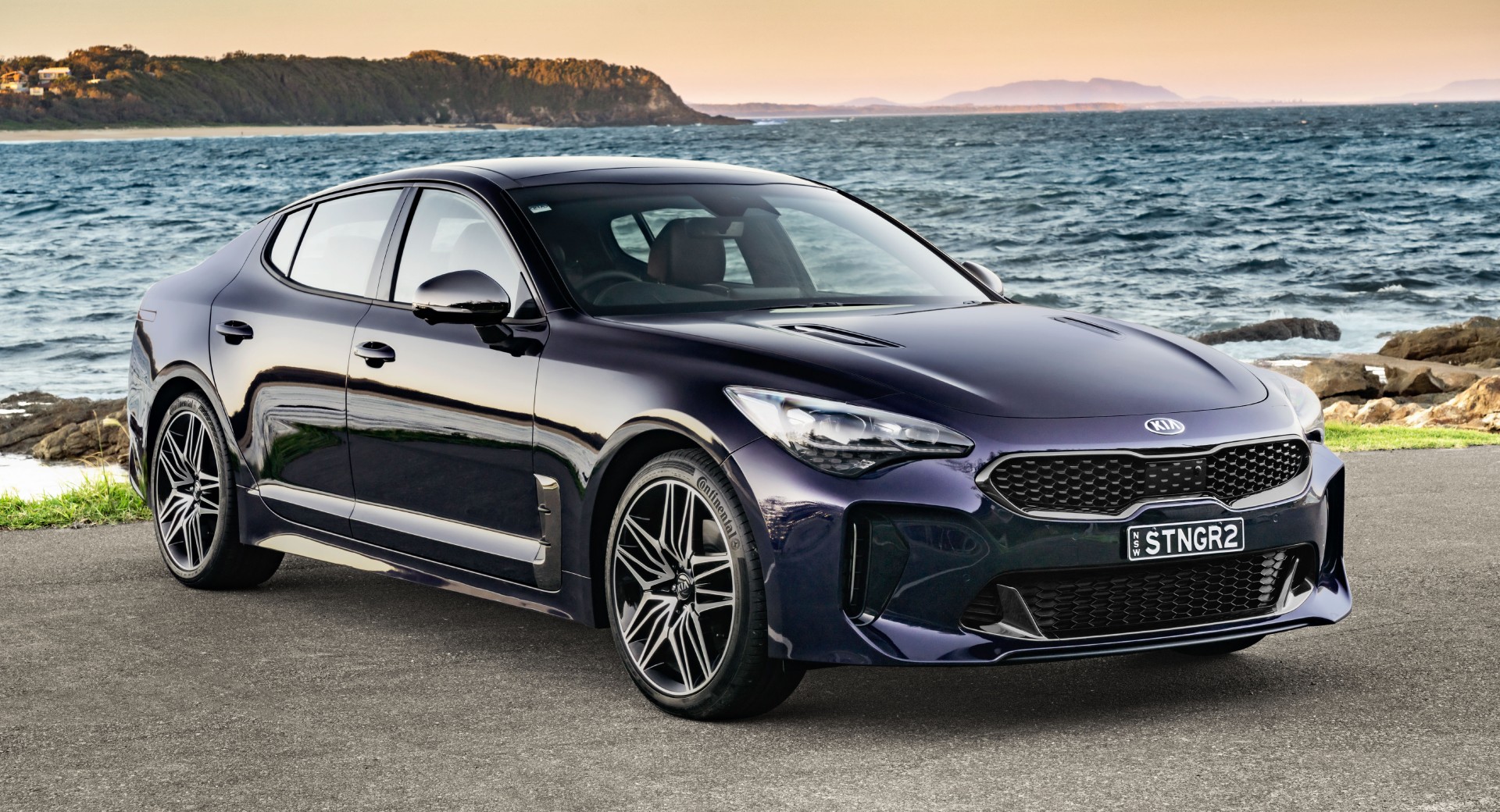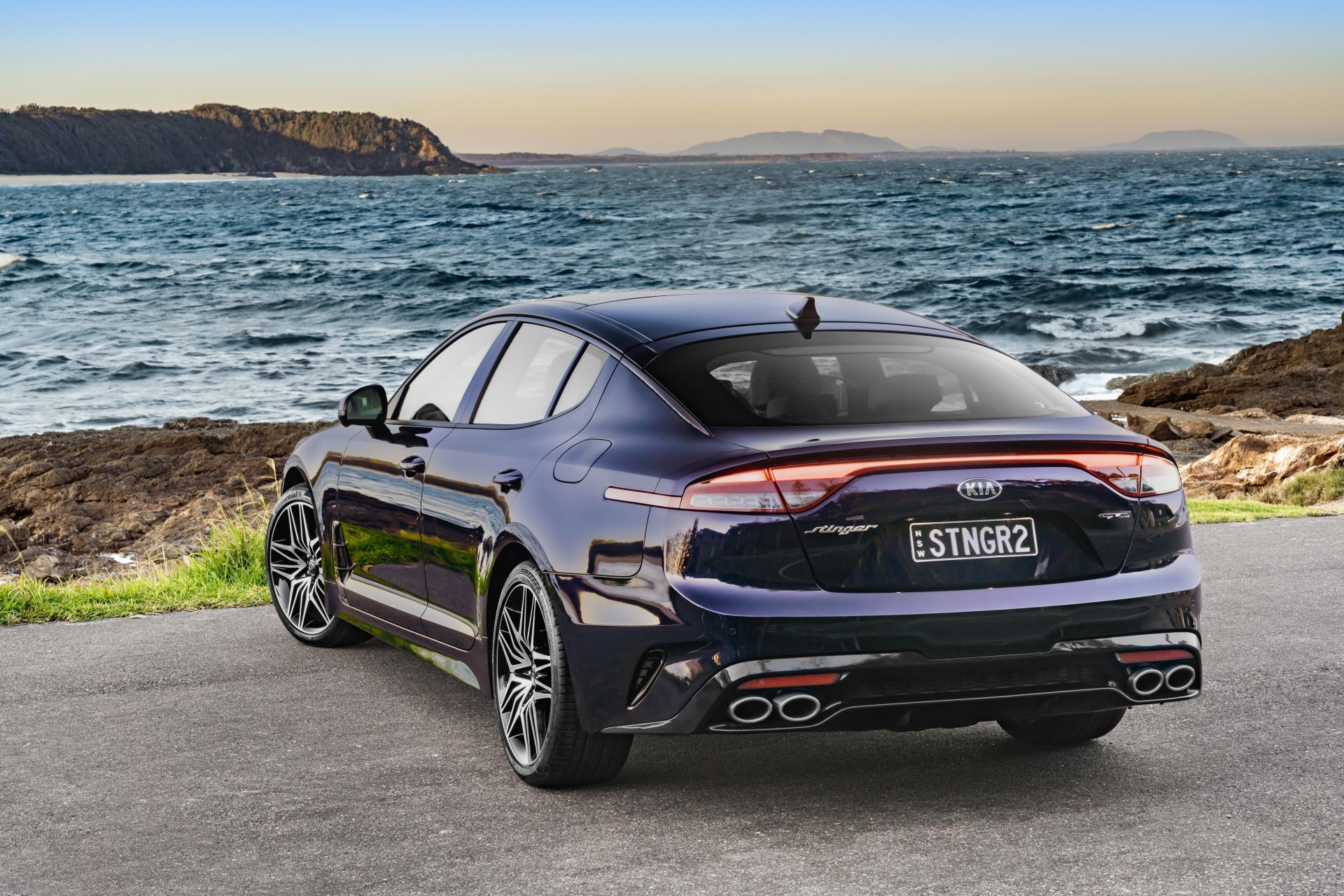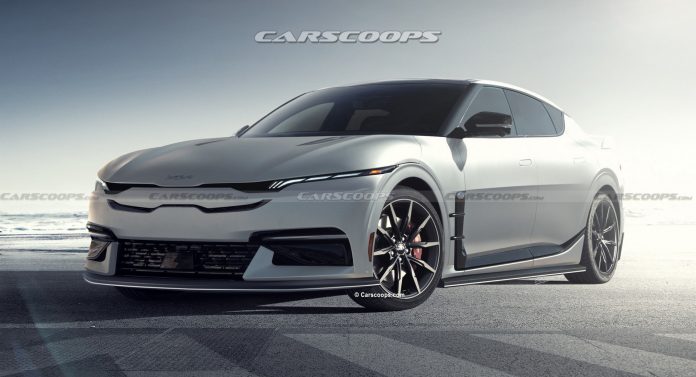This story includes independent illustrations made by CarScoops’ artist Josh Byrnes for a hypothetical electric second generation Stinger. The renders are neither related to nor endorsed by Kia.
Kia’s Stinger is an intriguing piece of kit; the widely acclaimed front-engine, rear or all-wheel drive liftback was the brand’s strategy of making the rest of the world sit up and take notice – a warning shot if you will. Sure, it hasn’t sold in significant numbers, but it has established Kia as a credible performance player.
Read: What If Tesla Created A CyberTrail Electric 4×4 To Take On The Future Jeep Wrangler?
Sadly, its relevance has recently eroded with the all-electric EV6 now the brand’s performance play. Comment from Seoul suggests it won’t have a direct replacement either as its Sohari plant is switching to hybrid and EV production. Does that stop us from imagining how its replacement could look. Curious? Well, let’s Illustratively explore further with an electrified lens.
Daring Design

The ethos behind this study was to retain Stinger’s best elements whilst incorporating a good dose of visual progression. So, where do we begin? Well, for starters, the front showcases a sharp-edged graphic that infuses precision lighting elements with suggestive intakes and smooth surfacing.
Higher up, a shapely hood retains its twin vent arrangement, whilst the frameless greenhouse is a nod to the EV6 and its floating roof aesthetic. Pumped fenders and a very RWD-biased axle-to-dash ratio cement a powerful stance, as do the lower splitter and side vents.
The fastback rear also melds the best aspects of EV6 and Stinger for an appearance that looks aerodynamically contemporary. And yes, we’ve swiped that blacked-out taillamp treatment straight from Range Rover’s latest rulebook.
Core Fundamentals
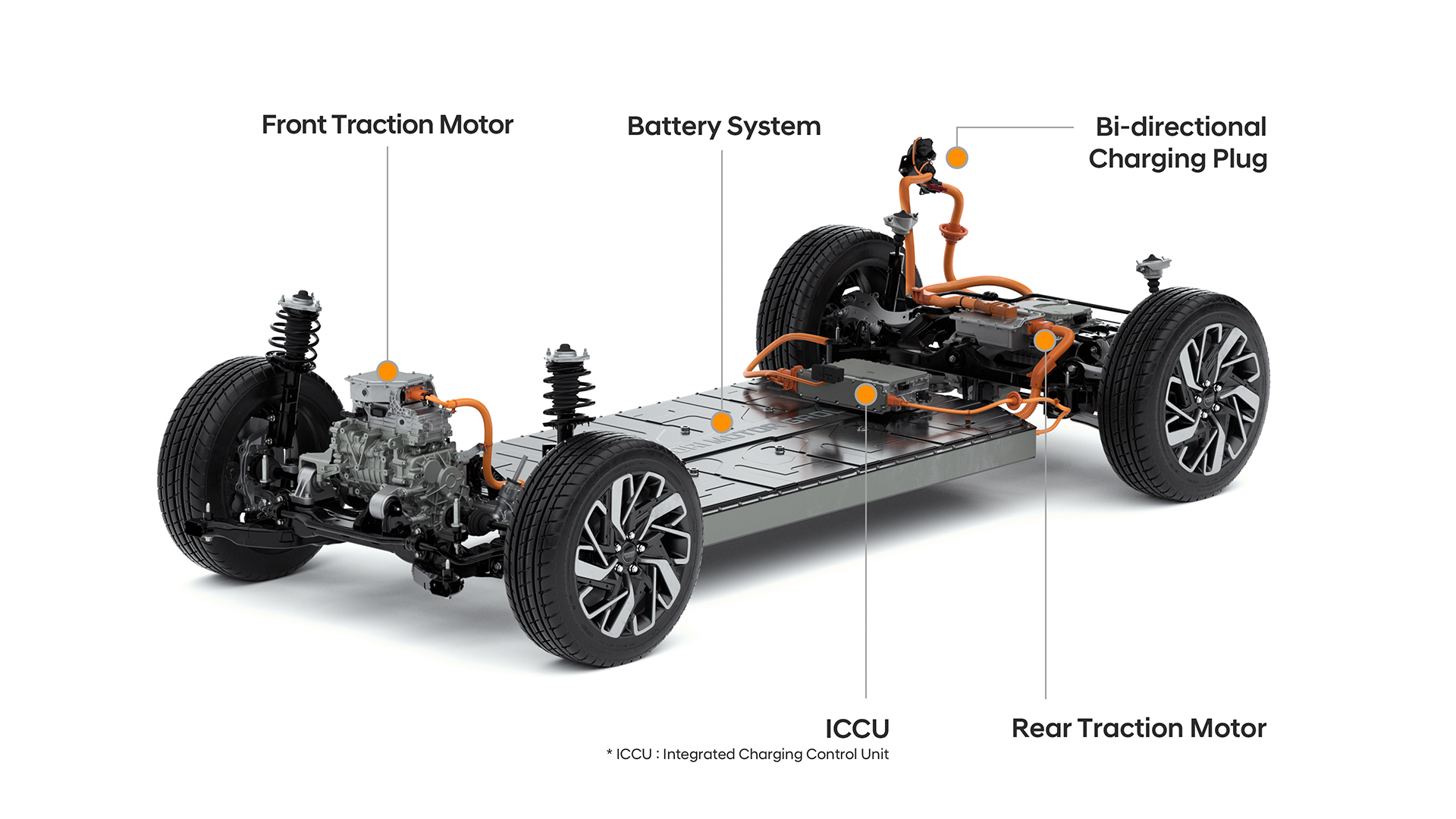
If the Stinger was thrown a lifeline and was electrified, it would ride upon Hyundai-Kia’s E-GMP electric platform. For the uninitiated, the same architecture underpins the EV6, Hyundai Ioniq 6 and Genesis GV60. Asides from the green credentials, utilizing such an architecture would enable more occupant space than its ICE platform could ever offer and future-proof it with OTA (over-the-air update) capability.
Ideally, the cabin would be a ‘driver-centric’ affair emphasizing quality and premium materials. Highlights could include a wraparound OLED instrument cluster-and-infotainment screen, bucket sports seating, Alcantara inlays and a flat-bottom steering wheel. Of course, it would also come with active chassis management and individually tailored drive modes.
Rapid Horizons
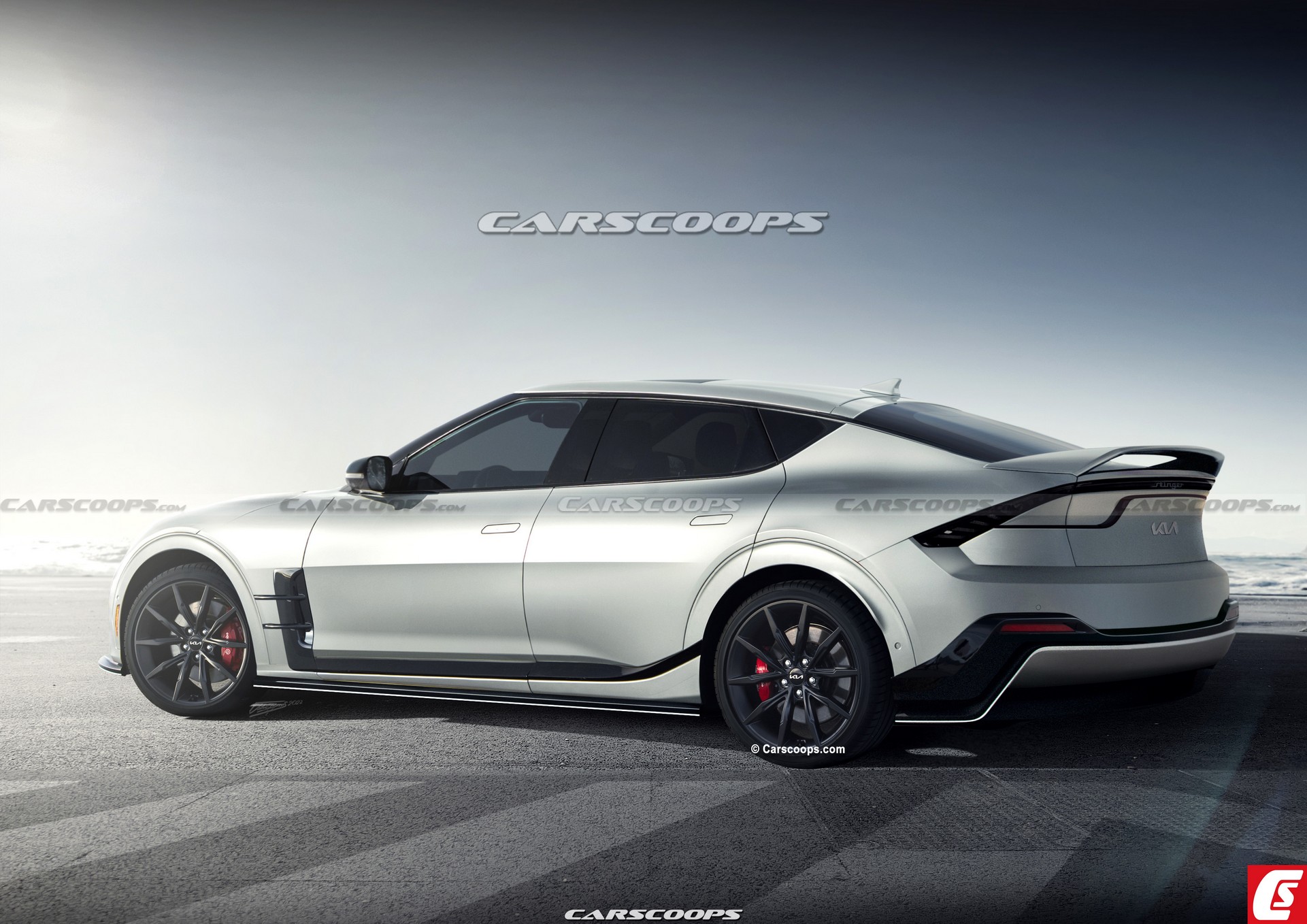
While the current Stinger’s twin-turbo V6 and its 368 hp and 376 lb-ft may look good on paper, it can’t keep up with the likes of BMW’s M440i Gran Coupe, and nor is it particularly efficient. A switch to E-GMP enables access to the EV6 GT’s powerful dual-motor setup with 577 hp and 546 lb-ft (740 Nm). The 0-62 mph (0-100 km/h) time in that car is a rapid 3.5 seconds.
An 800 V architecture handles the electron side of things with a battery capacity of 77.4 kWh. As with Hyundai Group’s other electrified products, it supports DC fast charging up to 350 kW and vehicle-to-grid (V2G) capability. Ideally, the maximum range would be no less than 379 miles (based on the WLTP test standard).
Amped Rivals
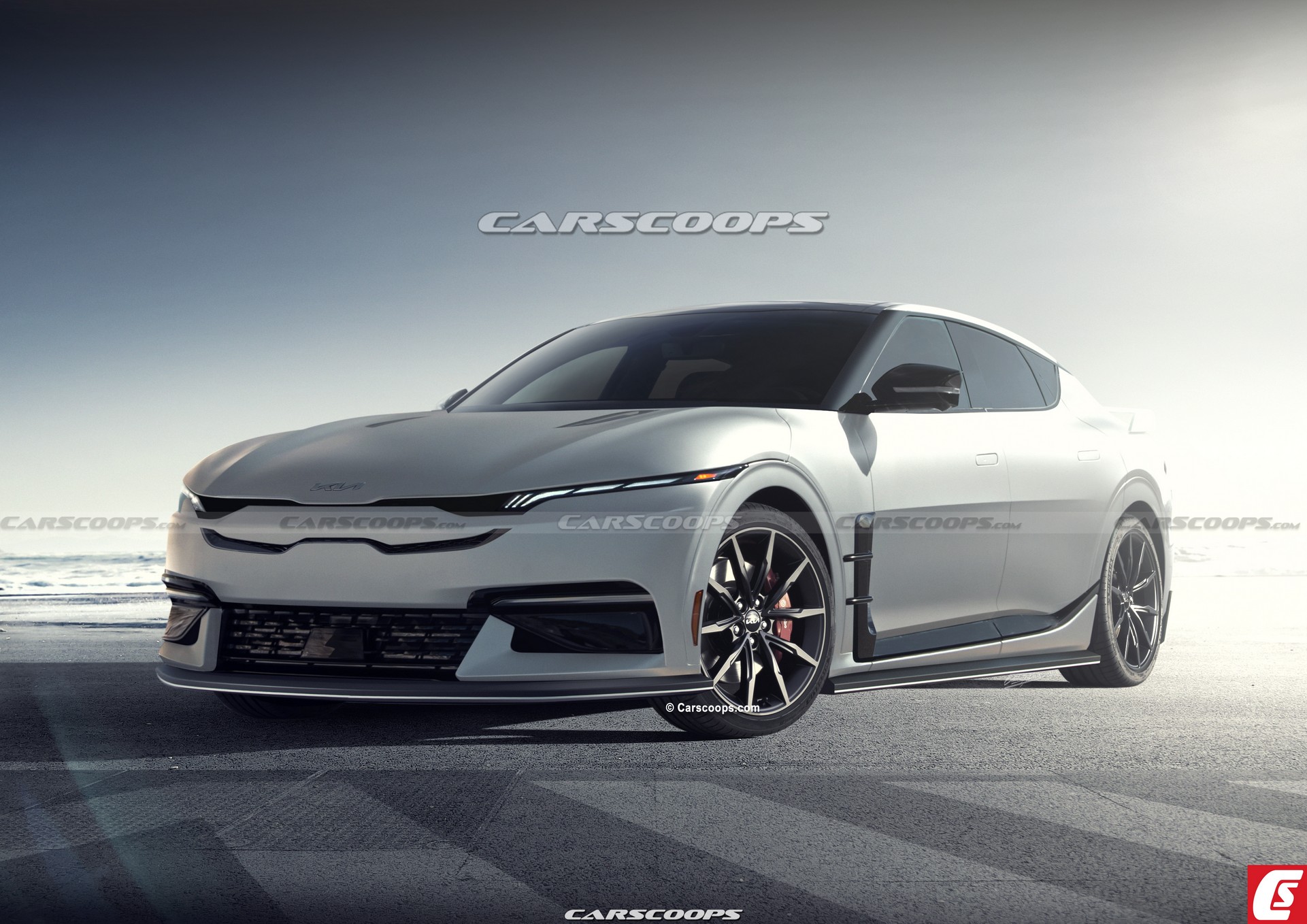
If the Stinger were reincarnated, competition would include Hyundai’s Ioniq 6, BMW i4, Polestar 5, and Tesla’s Model 3.
Read: What The 2024 Ford Mustang Will Look Like And Everything Else We Know About The Next Pony Car
Should the Stinger get another lease on life in battery-electric format? We’d love to hear your views in the comments below.
